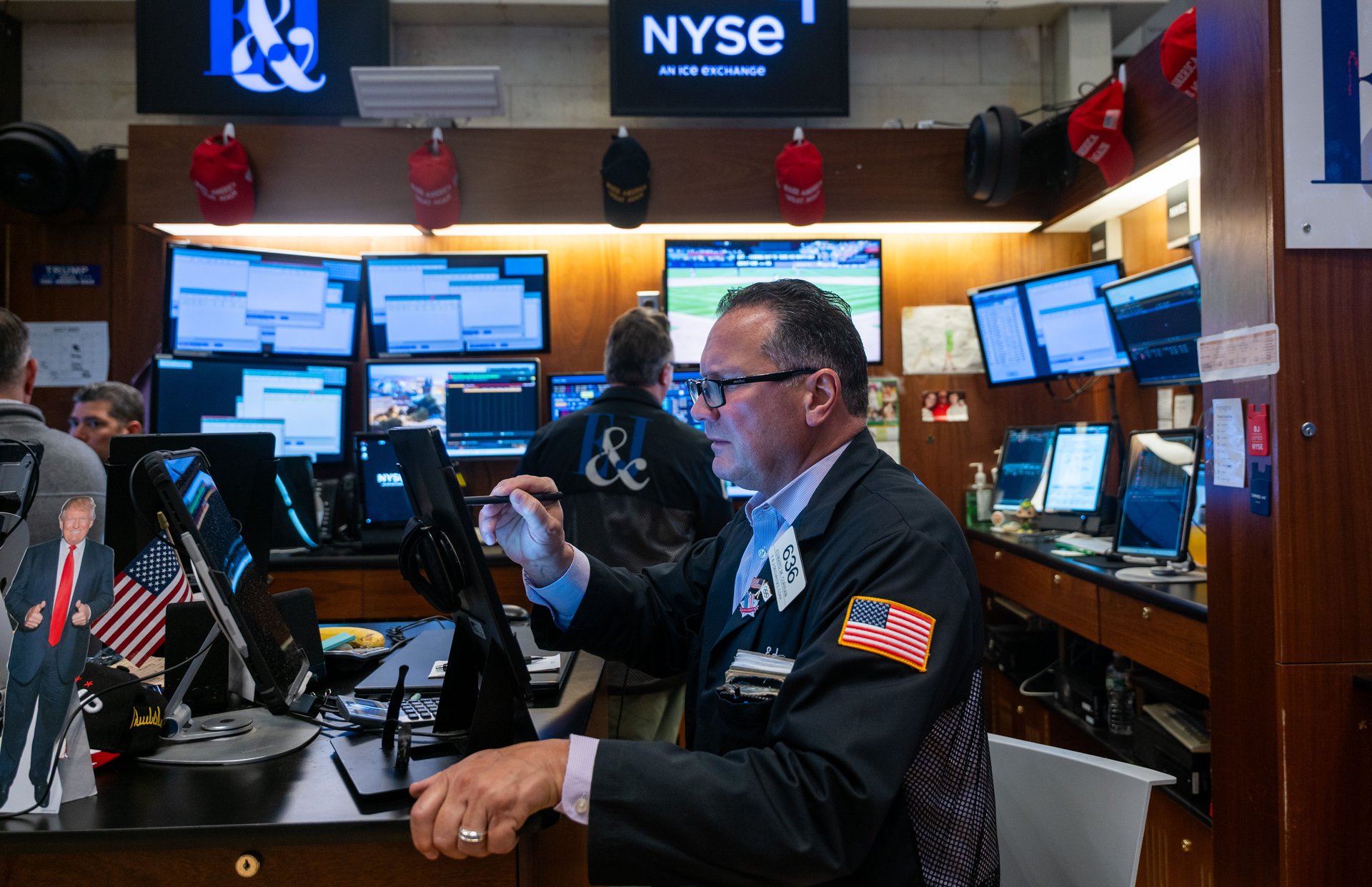The U.S. and Europe reach a trade deal. The market shrugs
The relatively muted moves suggest markets may have already priced in much of the upside. The most action came in currency markets

Spencer Platt/Getty Images
President Donald Trump announced a trade win over the week, with the U.S. and E.U. reaching a tentative accord. But markets are barely blinking. On Monday morning, stock futures across the major indexes were up, but only slightly.
Suggested Reading
Premarket, the S&P 500 rose less than 0.2%. The Dow was flat (up 0.05%), while the Nasdaq perked up slightly by about 0.3%.
Related Content
The most action came in currency markets: Following Sunday's deal announcement, the U.S. dollar jumped 0.5% against a basket of major peers, making it the most decisive gainer.
The relatively muted moves suggest markets may have already priced in much of the upside. The low-key reaction also reflects lingering questions about the agreement’s substance, whether or not it brings true advantages — and what comes next.
Details of the weekend’s announcements
After months of escalating threats from the Trump White House, including suggestions of levies as high as 30%, the U.S. and European Union — the U.S.'s largest trading partner — struck a surprise weekend deal to avert a transatlantic trade war. While firm details are scarce, the baseline rate on goods entering the U.S. appears to be 15%.
President Trump hailed the deal as a “total win,” saying the E.U. would invest $600 billion in U.S. projects and buy $750 billion worth of American energy over three years. He also confirmed that a new 15% tariff will hit most European imports.
Still, some analysts are urging a wait-and-see approach in the wake of the announcement.
“We do not plan material changes to our Eurozone baseline forecast of 1.1% GDP growth this year and 0.8% in 2026 in response to the EU-U.S. trade deal,” said Oxford Economics, a global economic-forecasting firm, in a memo released Monday.
“While the effective tariff rate will end up at around 15%, a few percentage points higher than in our baseline, lower uncertainty and no E.U. retaliation are partial offsets,” wrote Oliver Rakau, Oxford's Chief Germany Economist.
“The agreement removes some tail downside risks but is short on details, which will need to be thrashed out over the coming weeks, risking new volatility. There are already question marks on the agreed pharma and steel tariffs. Promised energy purchases and investment commitments also face implementation risks," added Rakau. “So, uncertainty is likely to remain elevated... a key reason for the firm’s below-consensus GDP call.”
What's still ahead
More broadly, investors are weighing the risk that Trump’s aggressive trade strategy could still derail relations with key partners. Canada and China have yet to reach similar accords, though newspapers in Hong Kong are reporting a possible additional extension of the U.S.-China trade truce.
Major indexes ended last week in the green and are firmly in positive territory for the year. It’s possible that run-up has some money managers fretting about froth. With megacap earnings, a Fed decision, and July jobs data all due this week, the modest uptick in futures could signal caution more than confidence.
In short: The U.S.-E.U. deal may or may not be real and substantive. Either way, for markets, the easy gains may already be logged.
